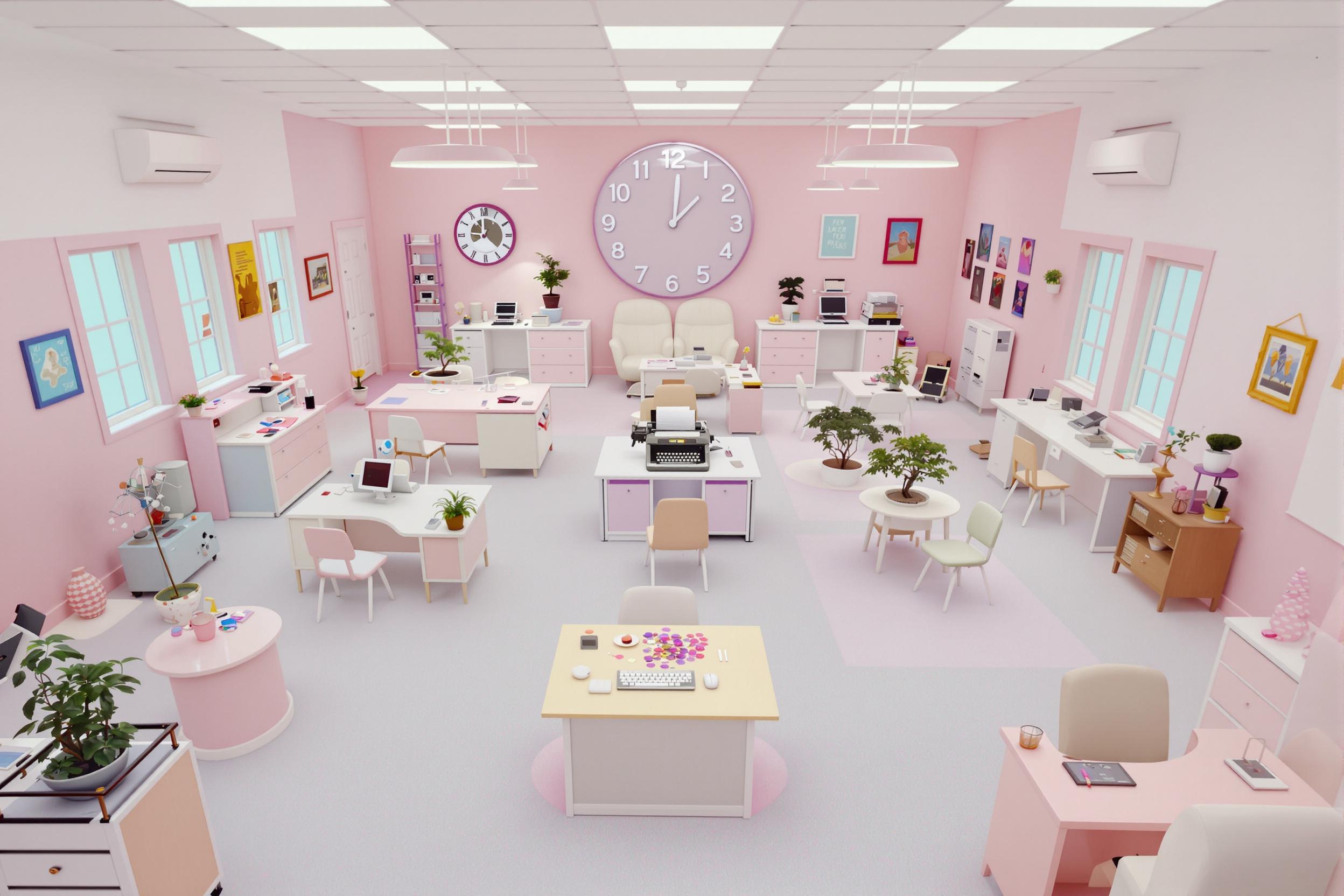
Museum Glass
Museum Glass is a premium type of glass used in picture framing that offers the highest level of clarity and protection for artwork. It's known for being virtually invisible because it reduces glare by over 99% and blocks harmful UV rays that can fade or damage artwork. When candidates mention Museum Glass in their resumes, they're indicating experience with high-end custom framing and working with valuable artwork. Similar products include Conservation Glass and UV-protective glass, but Museum Glass is considered the top-tier option. Frame shops and galleries use this term to distinguish premium framing services from basic glass options.
Examples in Resumes
Specialized in handling and installing Museum Glass for high-value artwork and historical documents
Advised clients on preservation options including Museum Glass and conservation framing
Increased gallery sales by 30% through promoting Museum Glass benefits to collectors
Typical job title: "Custom Framers"
Also try searching for:
Where to Find Custom Framers
Professional Organizations
Online Communities
Industry Resources
Example Interview Questions
Senior Level Questions
Q: How do you determine when to recommend Museum Glass to a client?
Expected Answer: A senior framer should discuss evaluating artwork value, lighting conditions, client budget, and preservation needs. They should mention how to demonstrate the difference between glass types to clients and explain the long-term benefits of Museum Glass.
Q: What are your strategies for handling and installing Museum Glass on large pieces?
Expected Answer: Should explain safety procedures, cleaning techniques, proper handling methods, and installation strategies that prevent breakage and ensure proper fitting of this premium product.
Mid Level Questions
Q: How do you clean and maintain Museum Glass during the framing process?
Expected Answer: Should describe proper cleaning materials and techniques, handling procedures, and how to avoid common mistakes that could damage the anti-reflective coating.
Q: Can you explain the difference between Museum Glass and regular glass to a customer?
Expected Answer: Should demonstrate ability to explain technical benefits in customer-friendly terms, focusing on clarity, UV protection, and preservation benefits.
Junior Level Questions
Q: What safety precautions do you take when handling Museum Glass?
Expected Answer: Should know basic safety procedures like wearing gloves, proper carrying techniques, and workspace preparation for handling glass.
Q: What are the basic features of Museum Glass?
Expected Answer: Should be able to list main benefits like UV protection, anti-reflective properties, and clarity, even if not fully versed in technical details.
Experience Level Indicators
Junior (0-2 years)
- Basic glass handling and cleaning
- Understanding different glass types
- Basic fitting and installation
- Safety procedures
Mid (2-5 years)
- Advanced installation techniques
- Customer consultation skills
- Product knowledge and comparison
- Problem-solving with difficult installations
Senior (5+ years)
- Expert handling of large/valuable pieces
- Advanced conservation knowledge
- Training and supervising others
- Complex project management
Red Flags to Watch For
- No knowledge of proper glass handling safety procedures
- Unfamiliarity with different glass types and their uses
- Lack of experience with high-value artwork
- Poor understanding of conservation principles
Related Terms
Need more hiring wisdom? Check these out...

From Boomers to Zoomers: Unlocking Organizational Wisdom through Cross-Generational Mentoring

Lost in Translation? How a Hybrid Mentorship Database Bridges Cross-Regional Talent

From Ghost Town to Talent Hub: Transforming Your Careers Blog into a Talent Magnet

